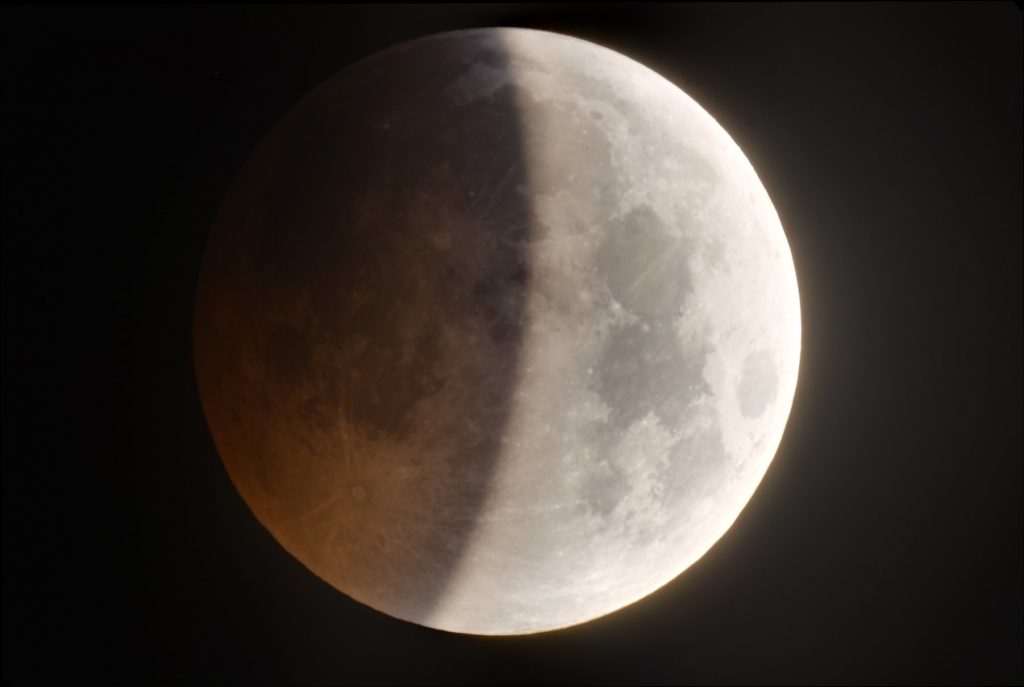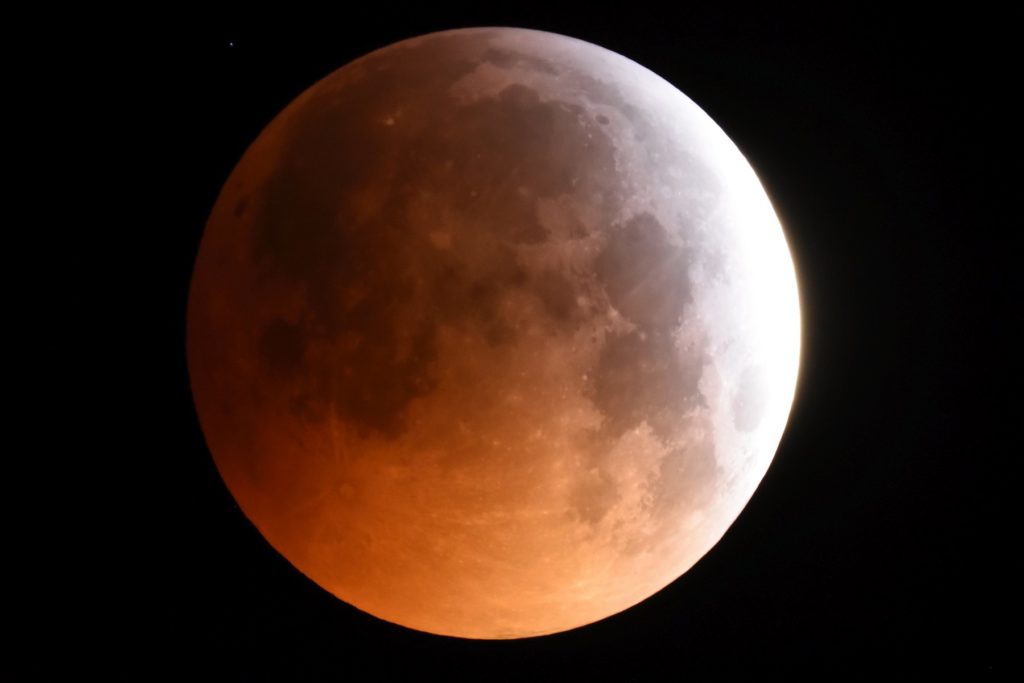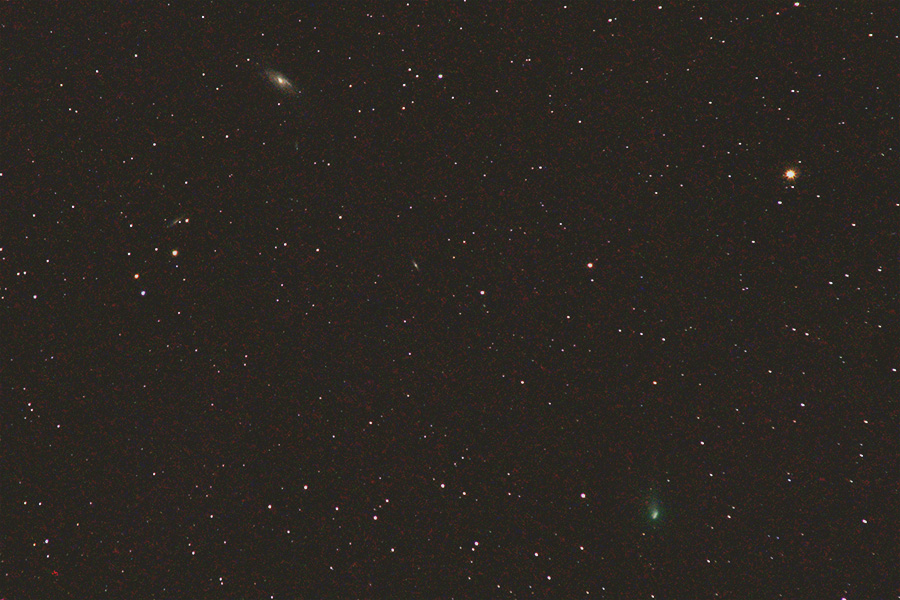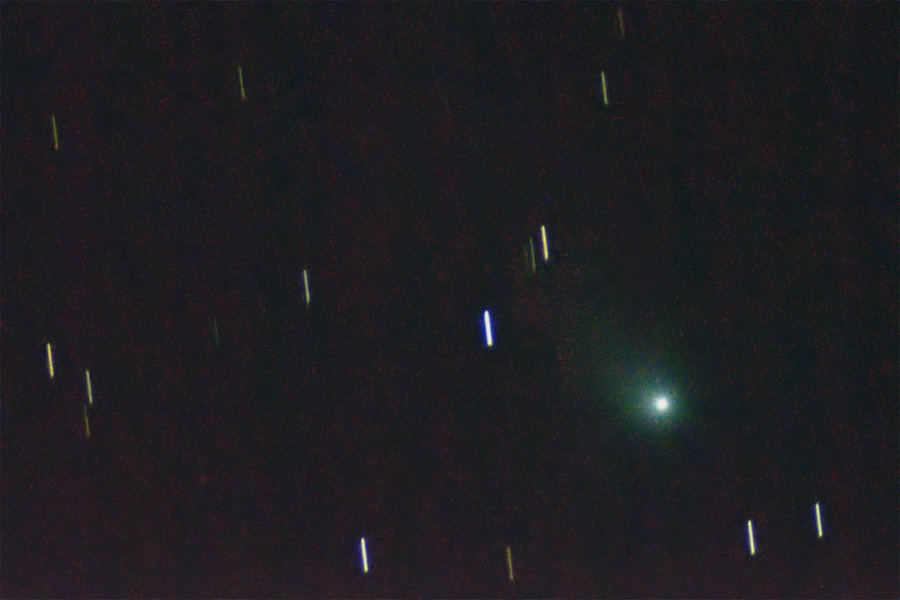In just over one weeks time, Mercury will pass in front of the Sun. Although Mercury only covers 0.004% of the surface of the Sun, this is a rare event and hence worthwhile to have a closer look at, although you should, of course, never “look” at the Sun directly without proper protection.
As only one of three bodies in the solar system (this is ignoring a vast number of tiny rocks and asteroids orbiting the sun in an orbit smaller than Earths orbit), Mercury is able to pass in front of the Sun. But while the Moon treats us with a (partial or total) solar eclipse, and Venus presents itself as a well visible black dot during a venus transit, Mercury is farthest away from the Earth and is hence fairly smal. Here is an image of the last Transit of Mercury in 2003:

Mercury (upper left) in front of the Sun on 7. May 2003.
The image was recorded using a 90mm maksutov telescope with 1250mm focal length on slide film.

Graphical illustration of the transit.
With a well protected telescope, one can see Mercury starting to nibble at the sun at 13:12h CEST for about three minutes, after which the whole of Mercury is visible in front of the sun. At 16:56h CEST Mercury is closest to the center of the Sun and heads again for the rim, which he will reach at 20:37h and after another three minutes, at 20:40h, Mercury will have left the disk of the Sun. At that time, the Sun almost sets in Aachen, but is still three degrees above the horizon. For exact times, CalSky is a very good tool to do the calculations.
Due to the tiny diameter of Mercury, the transit is not visible to the (well protected) naked eye. If you do not have the proper equipment to pbserve the transit yourself, there are many events in and around Germany where you can enjoy the transit under professional assistance. And of course, there will be an event at the Sternwarte Aachen.
If everything fails, there are some livestreams, e.g. at the Peterberg in the Saarland or, possibly the safest option regarding weather, the NASA stream with images of the solar observatory SDO: http://mercurytransit.gsfc.nasa.gov.
Fingers crossed for perfect weather like in 2003, when the transit was perfectly visible here in Aachen.
EDIT: Here is another list with observations in the German area:
http://merkurtransit.de/merkurtransit-beobachtung.htm
and for the rest of the world:
http://www.cosmos.esa.int/web/bepicolombo-mercurytransit/locations















